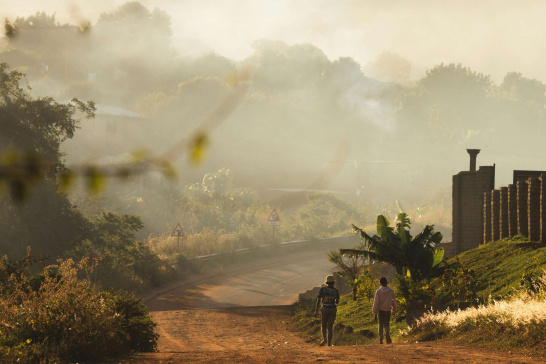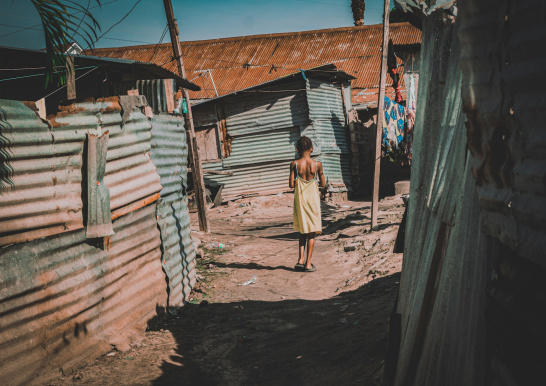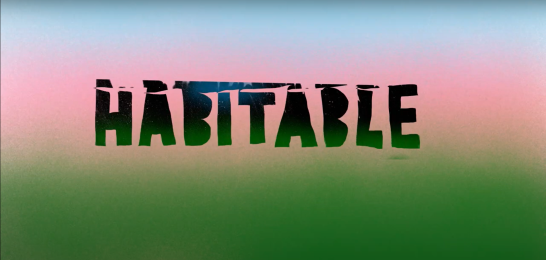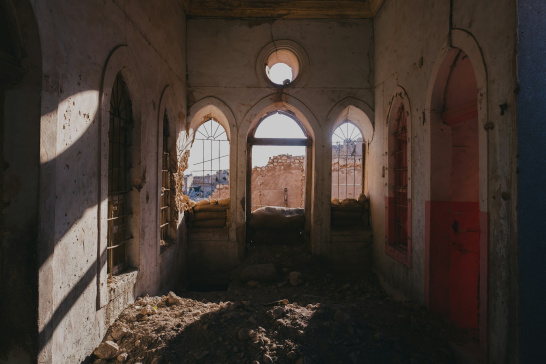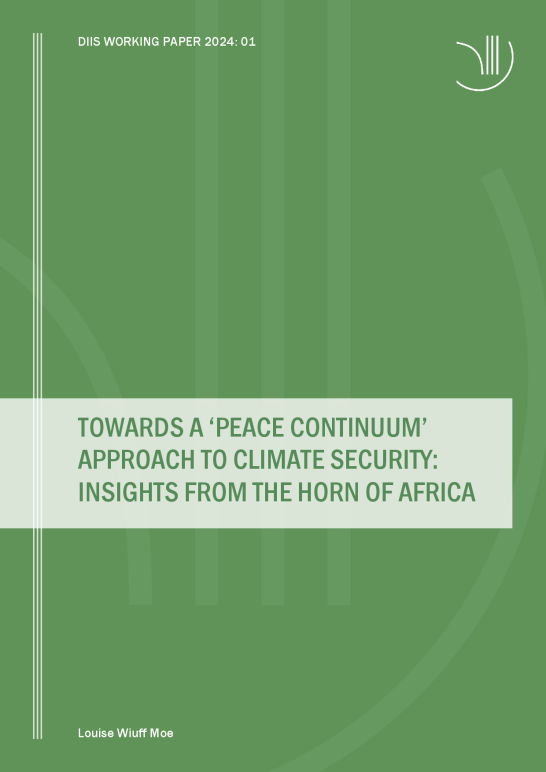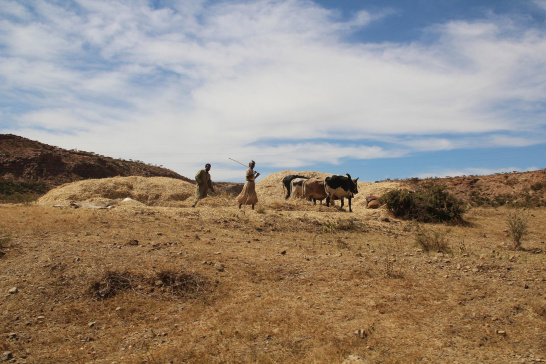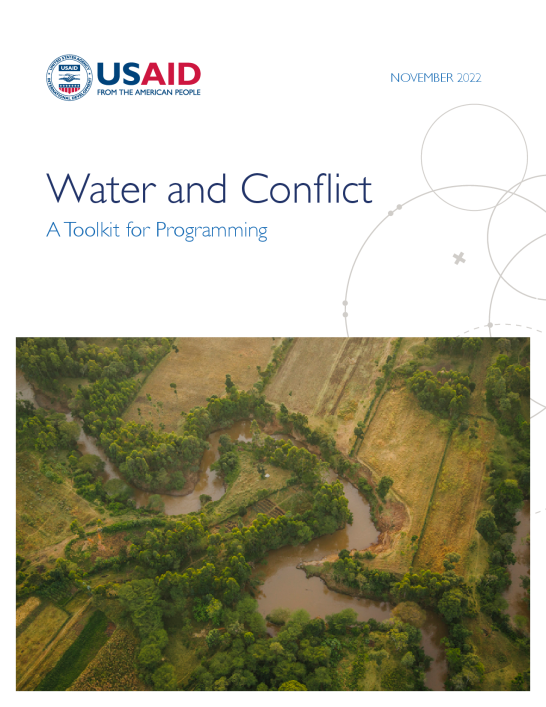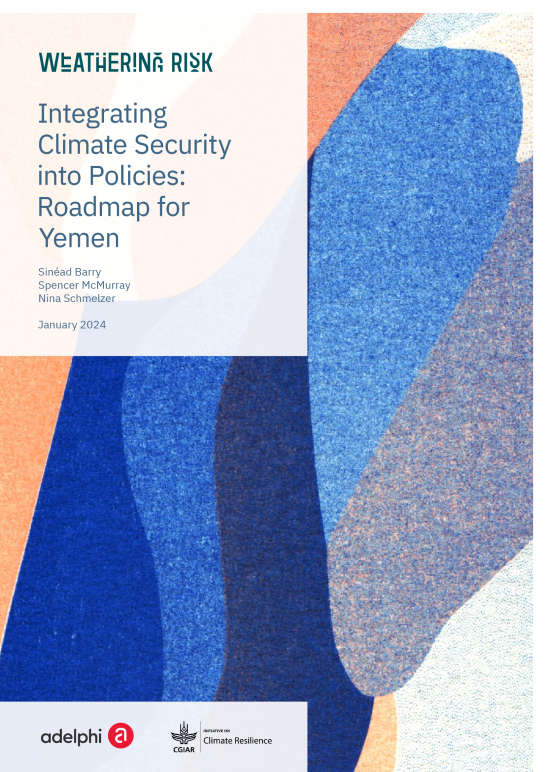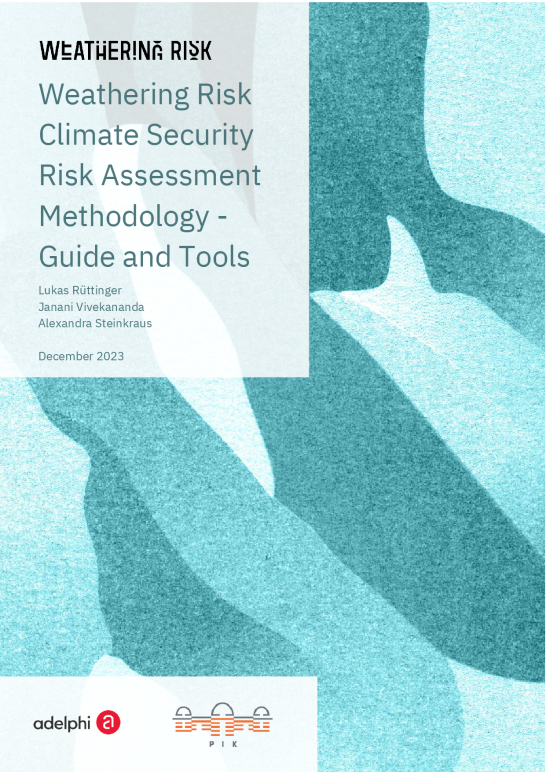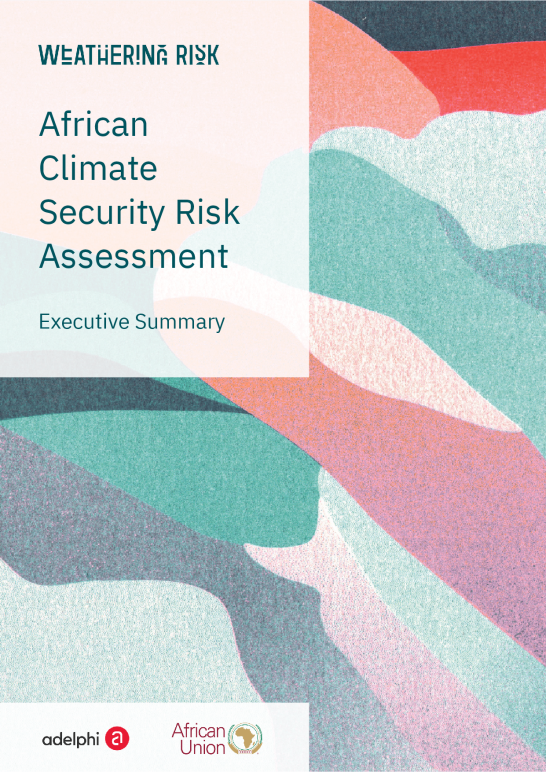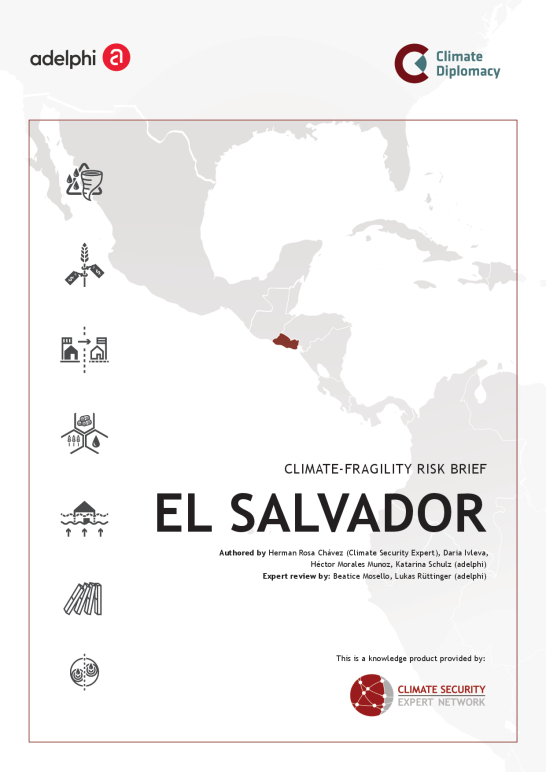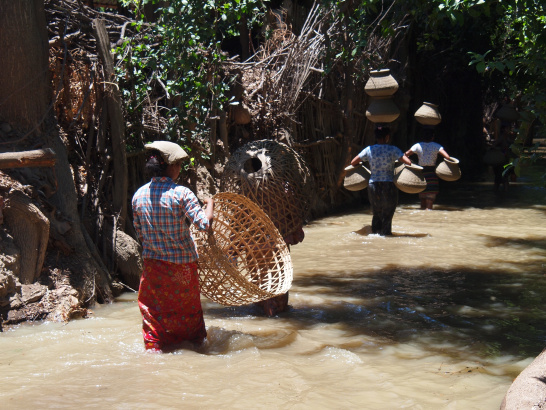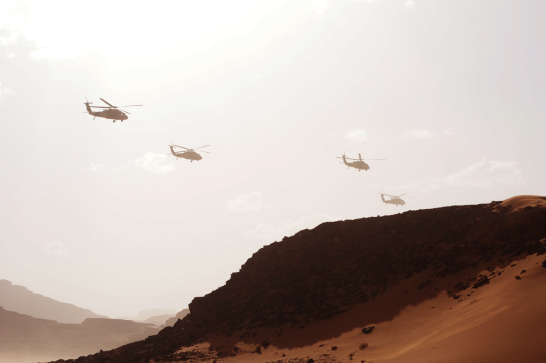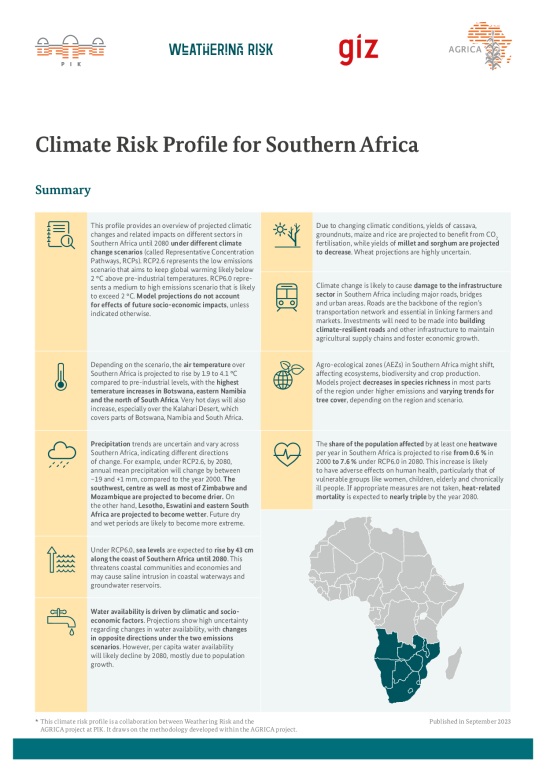Main page content
Filter
946 results
Topic
- Climate Diplomacy (268)
- Security (262)
- Early Warning and Risk Analysis (234)
- Conflict Mitigation and Peacebuilding (194)
- Migration and Displacement (152)
- Water (134)
- Land and Food (100)
- Forests and Biodiversity (80)
- Fragility (66)
- Adaptation and Resilience (46)
- Capacity Building (45)
- Energy (42)
- Minerals and Mining (32)
- Private Sector (24)
- Development and Finance (23)
- Civil Society (18)
- Gender (18)
- Sustainable Transformation (8)
- Cities (7)
- Technology and Innovation (2)
Search results
Newsletter subscription
Sign up for news on environment, conflict and cooperation.

